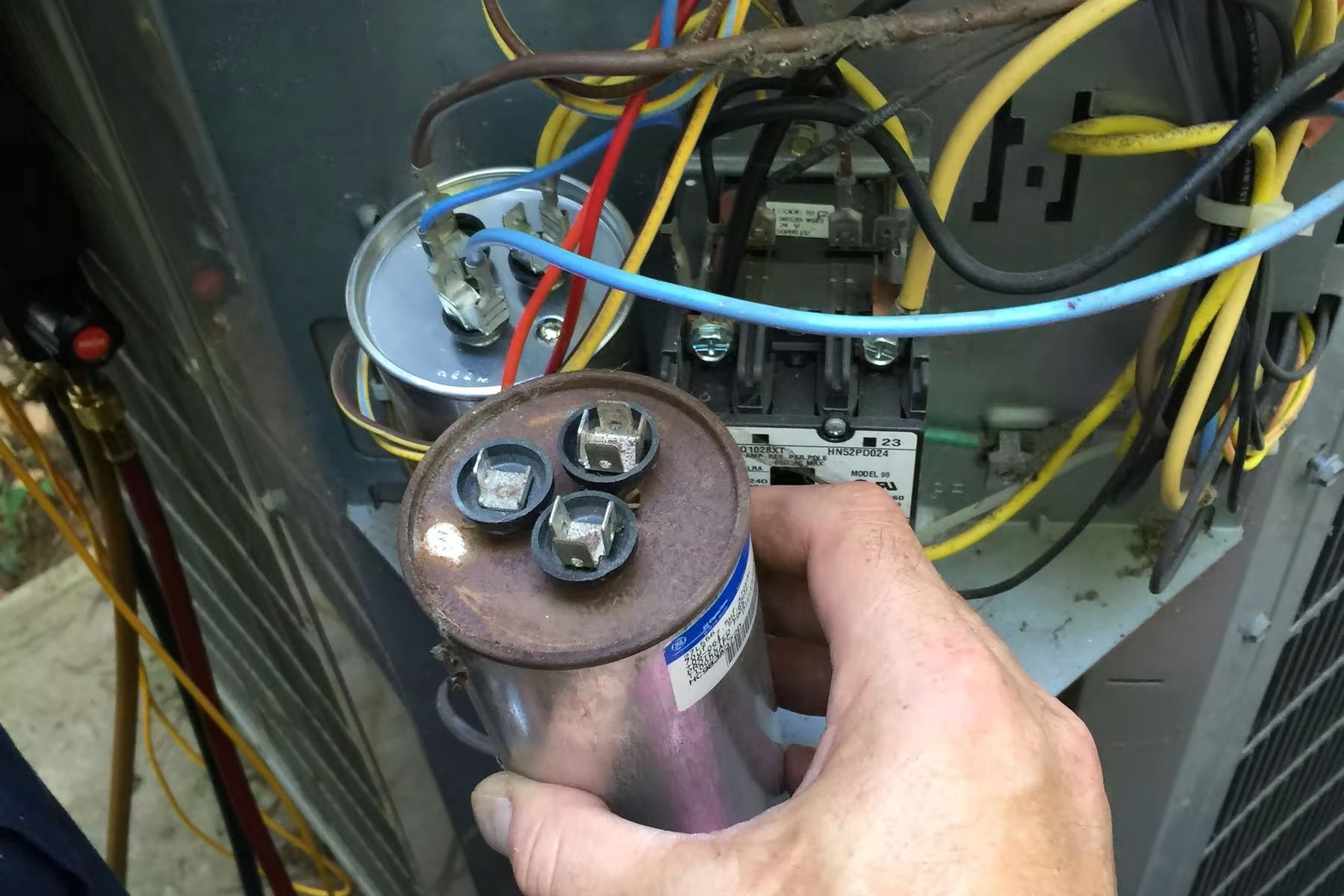

Articles
How To Check An AC CapACitor
Modified: May 6, 2024
Looking for articles on how to check an AC capacitor? Find step-by-step guides and expert tips here to help you diagnose and troubleshoot your AC capacitor.
(Many of the links in this article redirect to a specific reviewed product. Your purchase of these products through affiliate links helps to generate commission for Storables.com, at no extra cost. Learn more)
Introduction
When it comes to keeping your home cool and comfortable during the hot summer months, your air conditioning unit plays a vital role. The AC capacitor is a crucial component of your AC system, responsible for storing electrical energy and delivering it to the fan and compressor motors. Over time, the capacitor can become faulty, causing your AC unit to malfunction or not cool properly.
Knowing how to check an AC capacitor can help you diagnose potential issues and prevent costly repairs. While it’s always recommended to seek professional help when dealing with electrical components, performing a basic inspection of the capacitor can give you a better understanding of its condition.
In this article, we will guide you through the step-by-step process of checking an AC capacitor. We will cover the tools and equipment you will need, safety precautions to keep in mind, and various methods for testing the capacitor’s functionality. With this information, you can determine if the capacitor is faulty and decide if it needs to be replaced.
Before we begin, it’s important to note that working with electrical components can be dangerous and can cause severe injury or even death if not done properly. If you are not confident in your abilities, it’s recommended to consult a professional HVAC technician.
Now let’s dive into the necessary tools and equipment for this task.
Key Takeaways:
- Regularly checking and maintaining your AC capacitor is crucial for optimal cooling. Use safety precautions and proper tools to inspect, test, and potentially replace a faulty capacitor.
- Understanding the functionality of your AC capacitor and following safety measures can help you diagnose and address potential issues, ensuring efficient and reliable cooling for your home.
Read more: How To Check A Electric Motor Capacitor
Understanding the AC Capacitor
Before you start checking the AC capacitor, it’s essential to have a basic understanding of what it is and how it functions within your air conditioning system.
The AC capacitor is a small, cylindrical electronic component that stores and releases electrical energy. It is connected to both the fan motor and the compressor motor of your AC unit. The capacitor helps start the motors and keeps them running efficiently.
There are typically two types of AC capacitors: the start capacitor and the run capacitor. The start capacitor provides the initial boost of power to start the motor, while the run capacitor provides a continuous flow of electrical energy to keep the motor running smoothly.
The capacitor stores electrical energy by using two metal plates separated by an insulating material called a dielectric. When a voltage is applied to the capacitor, it charges the plates, creating an electric field between them. This stored electrical energy is then used to provide the necessary power for the motors to operate.
Over time, the capacitor can degrade or fail due to various reasons such as age, overheating, or electrical surges. A faulty capacitor can lead to issues like the AC unit not turning on, weak airflow, or the compressor making unusual noises.
Now that you have a basic understanding of the AC capacitor, let’s move on to the tools and equipment you’ll need for the inspection.
Tools and Equipment Needed
Before you begin checking the AC capacitor, you’ll need to gather a few essential tools and equipment. Having these items on hand will ensure a smooth and efficient inspection process. Here’s what you’ll need:
- Multimeter: A multimeter is a versatile tool that allows you to measure voltage, resistance, and capacitance. It is essential for accurately testing the AC capacitor.
- Capacitor Tester: A capacitor tester is a specialized tool designed specifically for testing capacitors. While a multimeter can also measure capacitance, a dedicated capacitor tester can provide more accurate results.
- Screwdriver: You’ll need a screwdriver, typically a Phillips or flathead, to remove any access panels or covers to gain access to the AC capacitor.
- Safety Glasses: It’s important to protect your eyes during the inspection process. Safety glasses will shield your eyes from any potential debris or hazards.
- Gloves: To ensure your safety, it’s recommended to wear gloves when handling electrical components. Rubber gloves provide extra protection from electrical shocks.
It’s crucial to use the appropriate tools and equipment for the task at hand. Using improper or damaged tools can lead to inaccurate readings or cause harm to yourself or the equipment.
Before proceeding with the inspection, it’s important to remember to always prioritize safety. Now that you have your tools ready, let’s move on to the safety precautions you should follow during the AC capacitor inspection.
Safety Precautions
When working with electrical components, it’s crucial to prioritize safety to prevent accidents and ensure your well-being. Here are some essential safety precautions to keep in mind when checking an AC capacitor:
- Turn Off Power: Before starting any work on your AC unit, make sure to turn off the power supply. Locate the breaker switch for your air conditioning system in your electrical panel and switch it to the “off” position. This will ensure that there is no power running to the unit and minimize the risk of electric shock.
- Wear Protective Gear: When working with electrical components, always wear safety glasses and rubber gloves. Safety glasses will protect your eyes from any debris or sparks that may occur during the inspection, while rubber gloves will reduce the risk of electric shock.
- Avoid Touching Exposed Wires: Even if the power is turned off, it’s important to avoid touching any exposed wires or terminals. There may still be residual electrical charge, so exercise caution and only touch the specific components you need to inspect.
- Inspect for Damage: Before starting the inspection, visually inspect the AC capacitor for any signs of physical damage such as bulging, leaking, or burnt marks. If you notice any damage, do not proceed with the inspection and contact a professional for assistance.
- Work in a Well-Ventilated Area: Ensure that you are working in a well-ventilated area to avoid inhaling any potentially harmful fumes or gases. If the area is poorly ventilated, take breaks or consider using a portable fan to improve air circulation.
- Follow Manufacturer’s Instructions: Always follow the manufacturer’s instructions and guidelines when working with electrical components. Each AC unit may have specific instructions and requirements for inspecting and replacing capacitors, so it’s important to reference the user manual or reach out to the manufacturer if needed.
By following these safety precautions, you can minimize the risk of accidents and ensure a safe working environment. Now that you’re equipped with the necessary tools and safety knowledge, let’s move on to the step-by-step process of checking the AC capacitor.
Step 1: Power Off the AC Unit
Before you begin inspecting the AC capacitor, you must ensure that the power to the AC unit is completely turned off. This step is crucial for your safety and to prevent any electrical shocks or accidents.
Here’s how you can safely power off your AC unit:
- Locate the electrical panel in your home. This is typically a metal box located in the basement, garage, or utility room.
- Open the electrical panel door by removing the screws or unlatching the cover, depending on the design of your panel.
- Inside the electrical panel, you will find a series of circuit breakers or fuses. Locate the one that is labeled for your air conditioning unit. It is usually marked as “AC,” “HVAC,” or “Air Conditioner.”
- Switch the breaker or remove the fuse corresponding to the AC unit to the “off” position. This will cut off the power supply to the AC unit, ensuring no electricity is flowing through it.
After turning off the power, it is a good practice to test the unit by adjusting the thermostat. If the AC unit does not turn on, it is an indication that the power has been successfully cut off.
It’s important to note that some AC units may have a disconnect switch located near the outdoor condenser unit. If your air conditioning system has a disconnect switch, it is recommended to also turn off this switch to ensure complete power shutdown.
By following this step, you have successfully powered off your AC unit, creating a safe environment for the inspection process. Now you can move on to the next step: locating the AC capacitor.
Read more: How To Check Air Conditioner Capacitor
Step 2: Locate the Capacitor
Once the power to the AC unit is turned off, the next step is to locate the AC capacitor. The capacitor is typically located near the air conditioning unit’s compressor, which is the outdoor component of the system.
Follow these steps to locate the AC capacitor:
- Locate the outdoor condenser unit for your air conditioning system. This is the large metal box typically found on the side or back of your house.
- Inspect the condenser unit and look for a small metal or plastic box attached to the side or top. This box houses the AC capacitor.
- Remove any access panels or protective covers that are covering the capacitor. These panels are usually held in place by screws or clips. Use a screwdriver to remove the screws or release the clips, allowing you to access the capacitor.
It’s important to proceed with caution when removing access panels or covers, being mindful of any sharp edges or delicate components. Take note of the capacitor’s location and position within the condenser unit for reference during the inspection.
If you are having trouble locating the capacitor, consult your air conditioning unit’s user manual or contact the manufacturer for guidance. It’s always better to seek assistance if you are unsure rather than risking damage to the unit.
Now that you have located the AC capacitor, we can move on to the next step: inspecting its physical condition.
When checking an AC capacitor, always discharge it first to avoid electric shock. Use a multimeter to test for continuity and capacitance. If the readings are outside the specified range, the capacitor may need to be replaced.
Step 3: Inspect the Capacitor
With the AC capacitor exposed, it’s time to visually inspect its physical condition. This step will help you identify any visible signs of damage or wear that may indicate a faulty capacitor.
Follow these guidelines to inspect the AC capacitor:
- Take a close look at the capacitor’s outer casing. Look for any signs of bulging, cracking, or leaking. These could indicate a capacitor that has failed or is nearing the end of its lifespan.
- Inspect the capacitor’s terminals. These are the metal connections located on the top of the capacitor. Check for any loose connections, rust, or corrosion. These issues can affect the capacitor’s performance.
- Examine the wires connected to the capacitor. Ensure that they are securely fastened and free from any fraying or damage. Damaged wires can impact the capacitor’s functionality.
- Inspect the overall cleanliness of the capacitor. Dust, dirt, or debris buildup can hinder its performance. Use a soft brush or compressed air to gently clean any debris from the surface.
During the inspection, it’s important to exercise caution and avoid touching any exposed terminals or wires. Capacitors store electrical energy, and even when the power is off, there may still be a residual charge that can cause a shock.
If you notice any severe damage, such as a bulging or leaking capacitor, or suspect that the capacitor is faulty based on the physical inspection, it is recommended to contact a professional HVAC technician for further assistance. They will be able to perform a more detailed diagnosis and determine if the capacitor needs to be replaced.
Now that you’ve completed the visual inspection, it’s time to move on to the next step: checking the AC capacitor using a multimeter.
Step 4: Checking Capacitor with a Multimeter
One of the most common methods for testing the functionality of an AC capacitor is by using a multimeter. A multimeter is a versatile tool that can measure voltage, resistance, and capacitance. By following these steps, you can test the capacitor’s capacitance using a multimeter:
- Set the multimeter to the capacitance (Farad) setting. On most multimeters, this setting is denoted by the symbol “F”. Make sure the range is suitable for the capacitance of your AC capacitor.
- Ensure that the leads of the multimeter are securely connected to the appropriate terminals of the multimeter. The positive lead (usually red) should be connected to the positive terminal of the capacitor, and the negative lead (usually black) should be connected to the negative terminal.
- Before making the measurement, it’s a good practice to discharge the capacitor to ensure accuracy and safety. Use a insulated screwdriver with a metal handle to bridge the terminals of the capacitor, effectively discharging any stored energy.
- With the multimeter properly set up and the capacitor discharged, touch the leads of the multimeter to the corresponding terminals of the capacitor. Ensure that the leads make a good connection and are not touching any other metal components.
- Read and record the capacitance value displayed on the multimeter. Compare this value to the capacitance rating specified by the manufacturer. A significant deviation from the rated capacitance could indicate a faulty capacitor.
It’s important to note that capacitors can hold a residual charge even after the discharge. To ensure safety, it’s recommended to use insulated tools and handle the capacitor with care.
If the capacitance measurement falls within the acceptable range specified by the manufacturer, it suggests that the capacitor is functioning correctly. However, it’s important to remember that a multimeter can only provide a basic assessment, and further testing might be required to confirm its reliability.
If the capacitance measurement is significantly lower or higher than the rated value, it may indicate a faulty capacitor that needs to be replaced. In this case, it’s recommended to consult a professional HVAC technician to accurately diagnose the issue and replace the capacitor.
Now that you’ve checked the capacitor using a multimeter, let’s explore an alternative method for testing its functionality: using a capacitor tester.
Step 5: Checking Capacitor with a Capacitor Tester
In addition to using a multimeter, another method for testing the functionality of an AC capacitor is by using a capacitor tester. A capacitor tester is a specialized tool designed specifically for testing capacitance and other parameters of capacitors. Follow these steps to test the capacitor using a capacitor tester:
- Ensure that the AC unit is completely powered off and that you have taken the necessary safety precautions.
- Consult the user manual or instructions for your specific capacitor tester to understand how it operates.
- Connect the leads of the capacitor tester to the appropriate terminals of the capacitor. The positive lead should be connected to the positive terminal, and the negative lead should be connected to the negative terminal.
- Start the capacitor tester and follow the prompts or instructions provided by the tester. This may involve pressing buttons, selecting options, or following a specific sequence of steps.
- Allow the capacitor tester to perform its testing procedure. The tester will measure the capacitance of the capacitor and may also assess other parameters such as resistance or leakage.
- Check the display or readout of the capacitor tester for the results of the test. The tester should indicate whether the capacitor is functioning within normal parameters or if it shows any signs of being faulty or degraded.
- Compare the results to the specifications provided by the manufacturer. If the test results fall within the acceptable range, it suggests that the capacitor is in good working condition. However, if the results deviate significantly or indicate a fault, it may be necessary to replace the capacitor.
Using a capacitor tester can provide more accurate results compared to a multimeter, as it is specifically designed for testing capacitors. However, it’s important to note that not all capacitor testers operate the same way, so it’s essential to consult the user manual or instructions specific to your tester.
If the capacitor tester indicates a faulty capacitor or if you are unsure about the results, it’s recommended to seek professional assistance from an HVAC technician. They can provide a more comprehensive diagnosis and perform any necessary repairs or replacements.
Now that you’ve learned how to test the capacitor using both a multimeter and a capacitor tester, let’s move on to the next step: determining if the capacitor is faulty.
Read more: How To Discharge AC CapACitor
Step 6: Determining if the Capacitor is Faulty
After inspecting and testing the AC capacitor, it’s time to determine if it is faulty or functioning properly. Depending on the results of the inspection and testing, you can make an informed decision about whether the capacitor needs to be replaced. Here’s how you can determine if the capacitor is faulty:
- Review the results of the visual inspection. If you noticed any signs of physical damage, such as bulging, leaking, or corrosion, it’s a strong indication that the capacitor is faulty.
- Analyze the results of the capacitance measurement. If the measurement falls significantly outside the acceptable range specified by the manufacturer, it suggests that the capacitor is faulty and may need to be replaced. However, if the capacitance falls within the acceptable range, it doesn’t necessarily guarantee that the capacitor is functioning perfectly.
- Consider the performance of the AC unit. If the unit is not cooling effectively, if the fan is not operating properly, or if you hear unusual noises coming from the compressor, it may be a result of a faulty capacitor.
- Consult a professional HVAC technician. If you are uncertain about the results or if you are experiencing persistent issues with your AC unit, it’s advisable to seek the expertise of a qualified technician. They can perform a more comprehensive evaluation and provide you with a definitive diagnosis.
It’s important to remember that capacitors are critical components of your air conditioning system, and any signs of malfunction or damage should not be taken lightly. Faulty capacitors can lead to inefficient cooling, increased energy consumption, and potential damage to other AC components.
If you determine that the capacitor is faulty based on your inspection, testing, or consultation with a technician, it is recommended to replace the capacitor promptly. Capacitors are relatively inexpensive and can be easily replaced by a professional, ensuring the optimal performance of your AC unit.
Now that you have assessed the condition of the capacitor, let’s move on to the final step: replacing a faulty capacitor.
Step 7: Replacing a Faulty Capacitor
If you have determined that the AC capacitor is faulty and needs to be replaced, it’s important to proceed with caution and follow proper installation procedures. While replacing a capacitor is relatively straightforward, it’s always recommended to seek the assistance of a professional HVAC technician if you’re unsure or uncomfortable with the process. Here are the steps involved in replacing a faulty capacitor:
- Make sure the power to the AC unit is turned off at the electrical panel.
- Locate the wires connected to the faulty capacitor. Take note of their positions and how they are connected to the terminals.
- Using the appropriate tools, carefully disconnect the wires from the terminals of the faulty capacitor.
- Remove the faulty capacitor from its position within the condenser unit. Take note of the capacitor’s orientation and position to ensure proper installation of the new capacitor.
- Install the new capacitor into the condenser unit, ensuring it is positioned correctly with the terminals facing the same direction as the original capacitor.
- Reconnect the wires to the corresponding terminals of the new capacitor. Make sure the connections are secure and properly tightened.
- Double-check all connections and ensure the capacitor is securely in place.
- Turn on the power supply to the AC unit at the electrical panel.
- Test the AC unit to confirm that it is working properly. Check for proper cooling, airflow, and any unusual noises.
It’s important to note that capacitor replacement should be done with caution and precision. If you’re uncertain about any step or uncomfortable working with electrical components, it’s always best to seek the assistance of a professional HVAC technician.
Remember to dispose of the old capacitor properly, following any local regulations for the disposal of electronic components.
By following these steps, you can replace a faulty capacitor and help restore the optimal functionality of your AC unit. Regular maintenance and timely capacitor replacement can extend the lifespan and efficiency of your air conditioning system.
Now that you’ve successfully replaced the faulty capacitor, you can enjoy a cool and comfortable living environment. If you have any further concerns or issues with your AC unit, don’t hesitate to contact a professional technician.
By following these steps, you can replace a faulty capacitor and help restore the optimal functionality of your AC unit. Regular maintenance and timely capacitor replacement can extend the lifespan and efficiency of your air conditioning system.
Now that you’ve successfully replaced the faulty capacitor, you can enjoy a cool and comfortable living environment. If you have any further concerns or issues with your AC unit, don’t hesitate to contact a professional technician.
Congratulations on successfully checking and potentially replacing your AC capacitor! By taking the time to inspect and maintain this crucial component, you can ensure the optimal performance and longevity of your air conditioning unit.
Remember to always prioritize safety and seek professional help when necessary. Regular preventative maintenance and care can save you from costly repairs and keep your home cool and comfortable year-round.
Thank you for reading and best of luck with your AC capacitor inspection and maintenance!
Conclusion
Inspecting and checking the AC capacitor is an essential task in maintaining the functionality and efficiency of your air conditioning unit. By following the step-by-step process outlined in this article, you can determine if the capacitor is faulty and needs to be replaced. However, it’s important to remember that dealing with electrical components can be dangerous, and it’s always recommended to seek the assistance of a professional HVAC technician if you’re unsure or uncomfortable with the process.
Understanding the AC capacitor, gathering the necessary tools and equipment, and taking safety precautions are crucial steps in ensuring a successful inspection. By visually inspecting the capacitor and testing its functionality using a multimeter or capacitor tester, you can gain insight into its condition. Evaluating the results and considering the performance of your AC unit will help you determine if the capacitor is faulty and requires replacement.
If you do need to replace a faulty capacitor, it’s important to do so carefully and precisely. Following the proper steps and seeking professional help if needed will help ensure a successful and safe replacement process. Regular maintenance and timely replacement of capacitors can extend the lifespan of your air conditioning system and keep your home cool and comfortable.
Remember, safety should always be your top priority when working with electrical components. Always turn off the power supply, wear appropriate protective gear, and exercise caution throughout the inspection and replacement process.
By following the guidelines outlined in this article, you can confidently check and replace a faulty AC capacitor, keeping your air conditioning unit in optimal working condition. Regular maintenance and care will save you from costly repairs and ensure that you enjoy cool and comfortable indoor temperatures year-round.
Thank you for reading, and we hope this article has provided you with the knowledge and confidence to effectively check and maintain your AC capacitor. Stay cool!
Now that you've mastered checking an AC capacitor, why not dive deeper into maintaining your air conditioning system? Our comprehensive article on the best AC repair solutions for the upcoming year offers valuable insights and practical advice. Equip yourself with the knowledge to keep your cooling system in top shape, ensuring comfort and efficiency no matter the season. Don't miss out on expert recommendations that could save you time and money!
Frequently Asked Questions about How To Check An AC CapACitor
Was this page helpful?
At Storables.com, we guarantee accurate and reliable information. Our content, validated by Expert Board Contributors, is crafted following stringent Editorial Policies. We're committed to providing you with well-researched, expert-backed insights for all your informational needs.

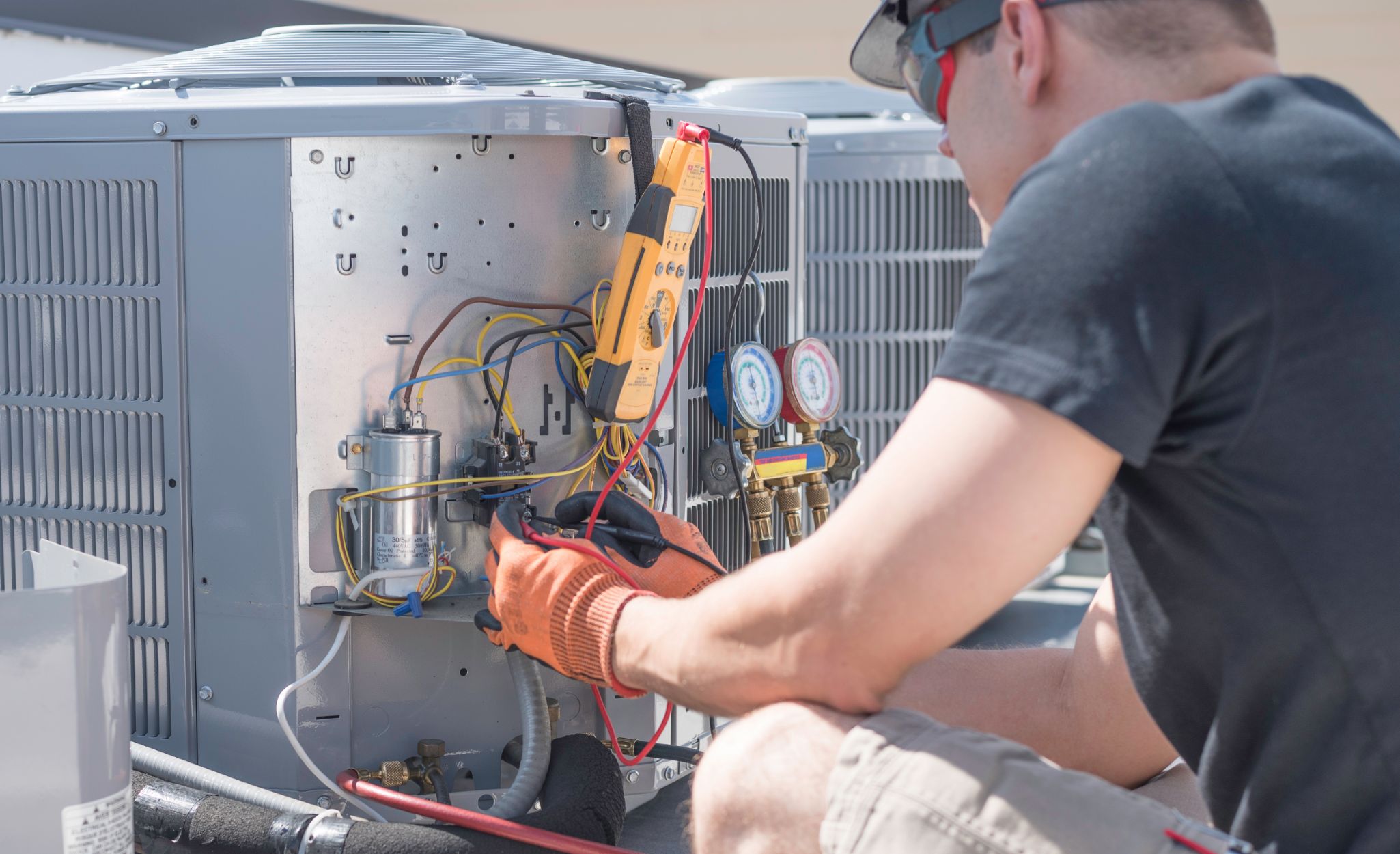
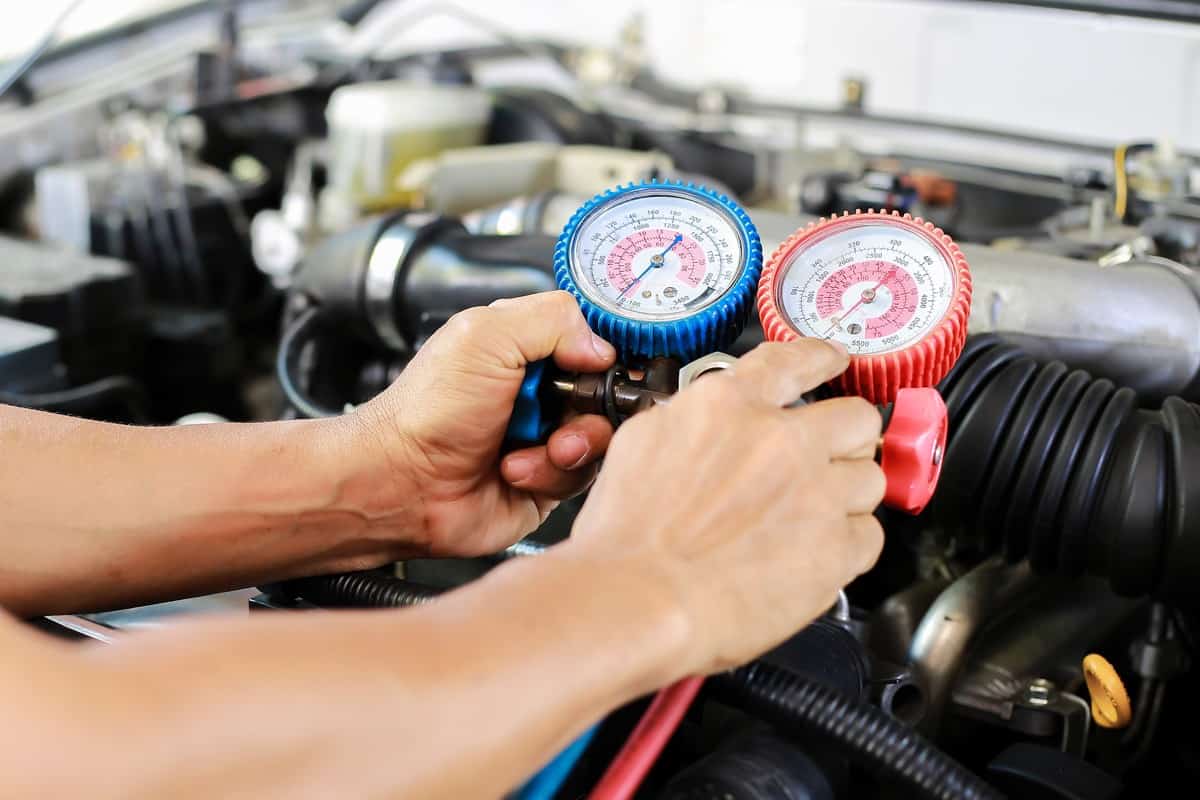
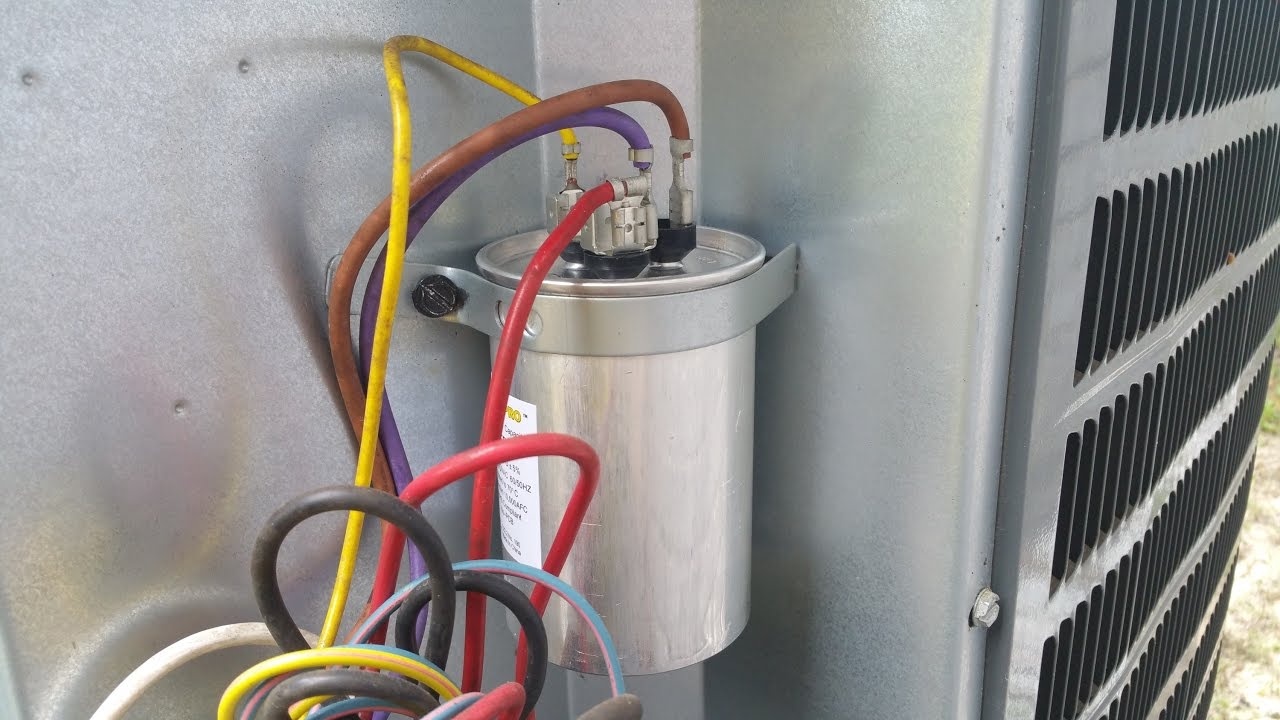
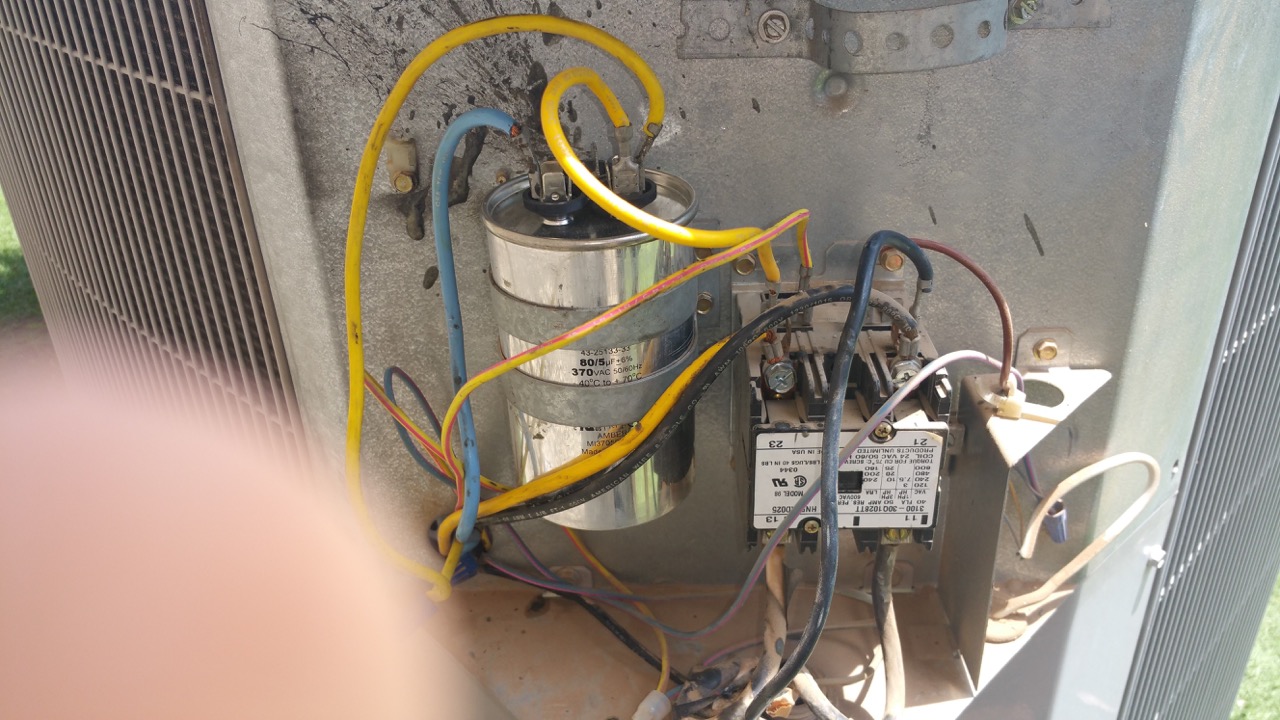
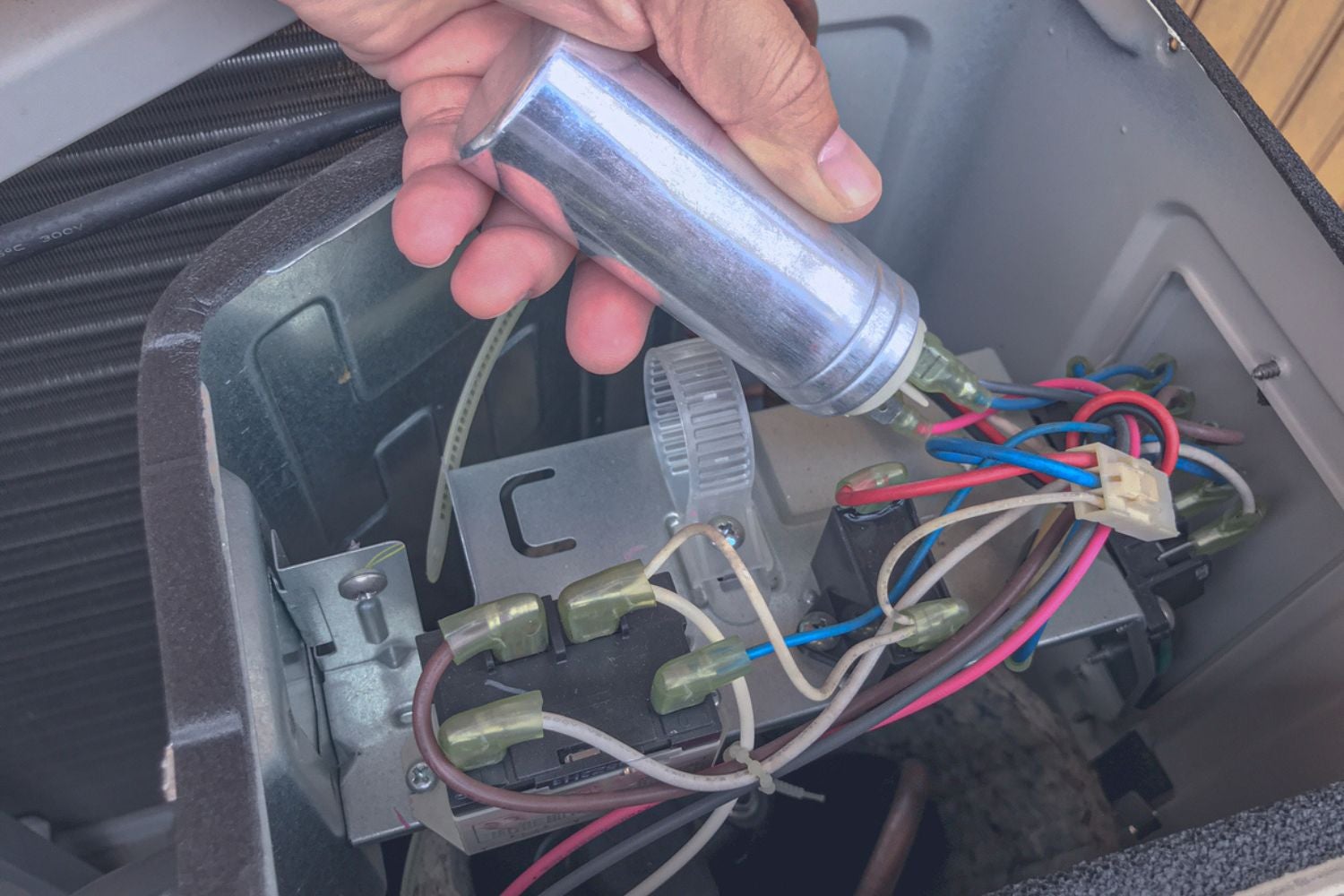
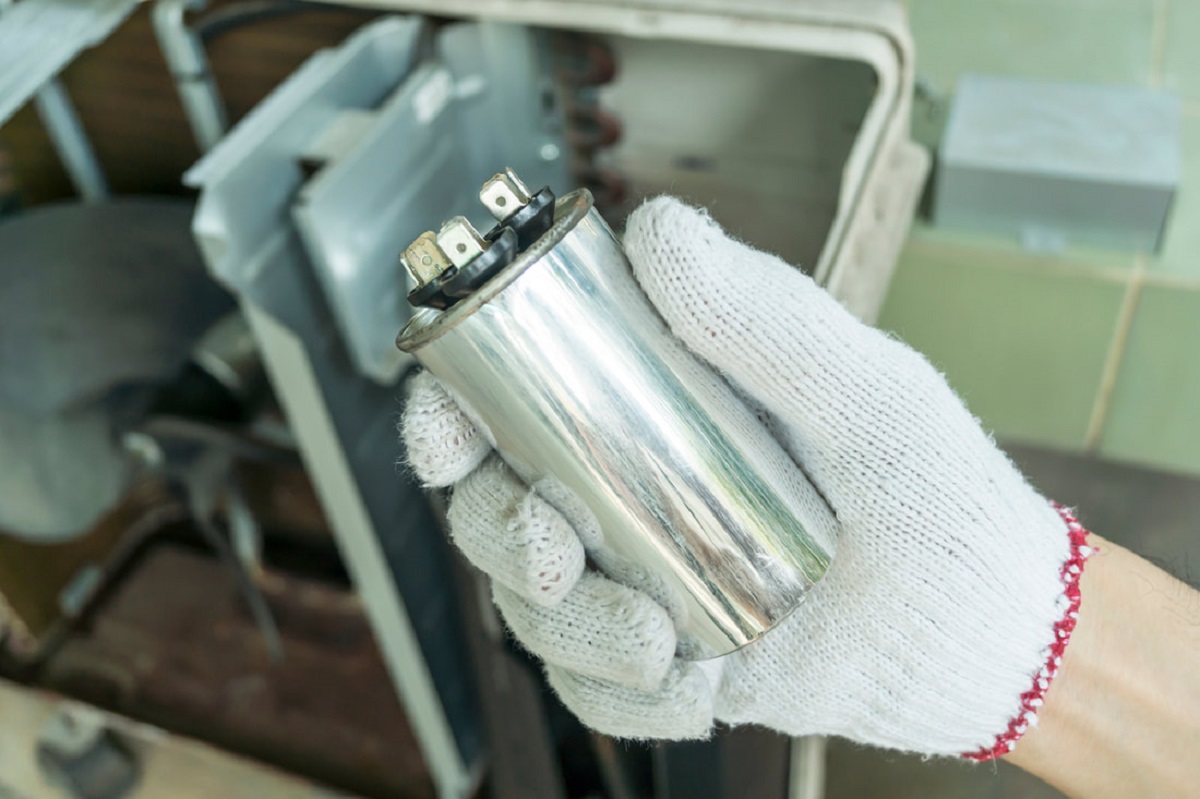
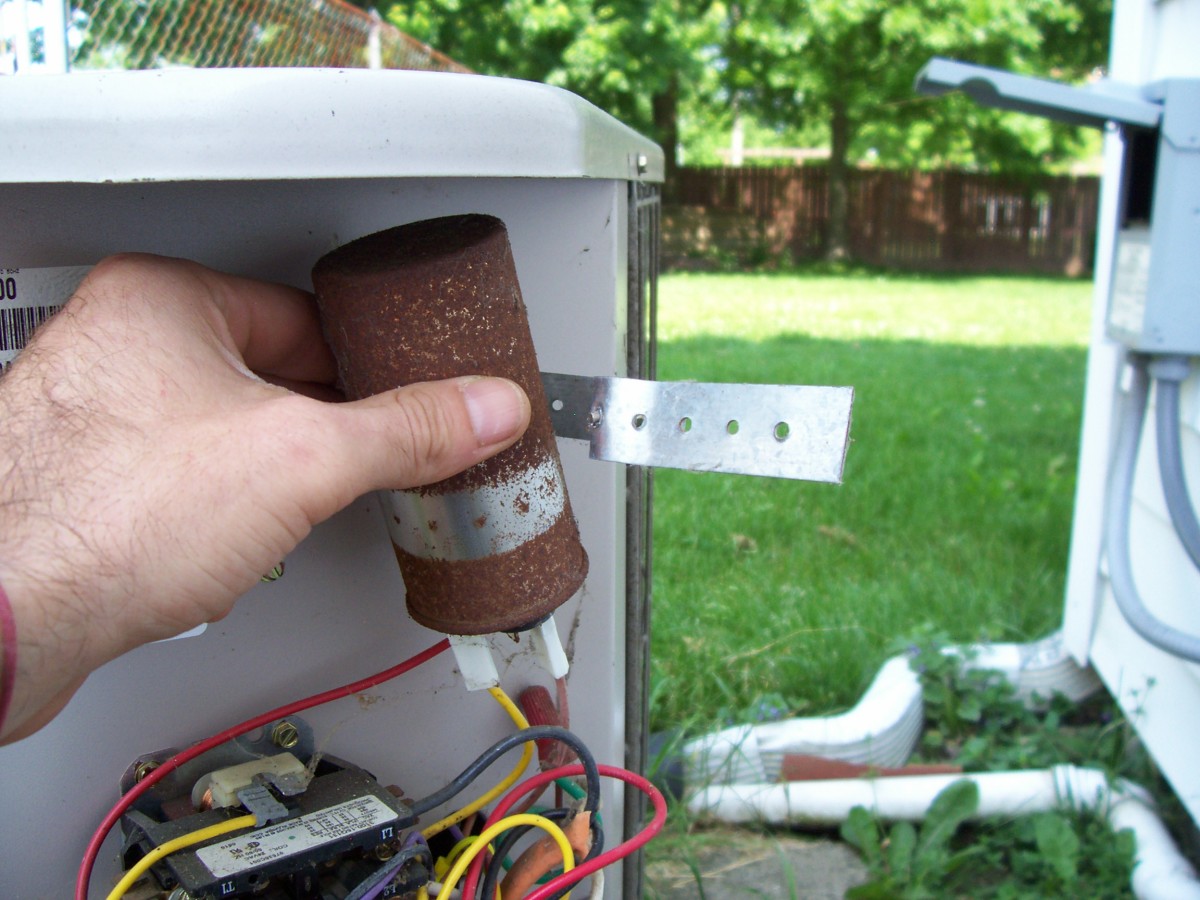
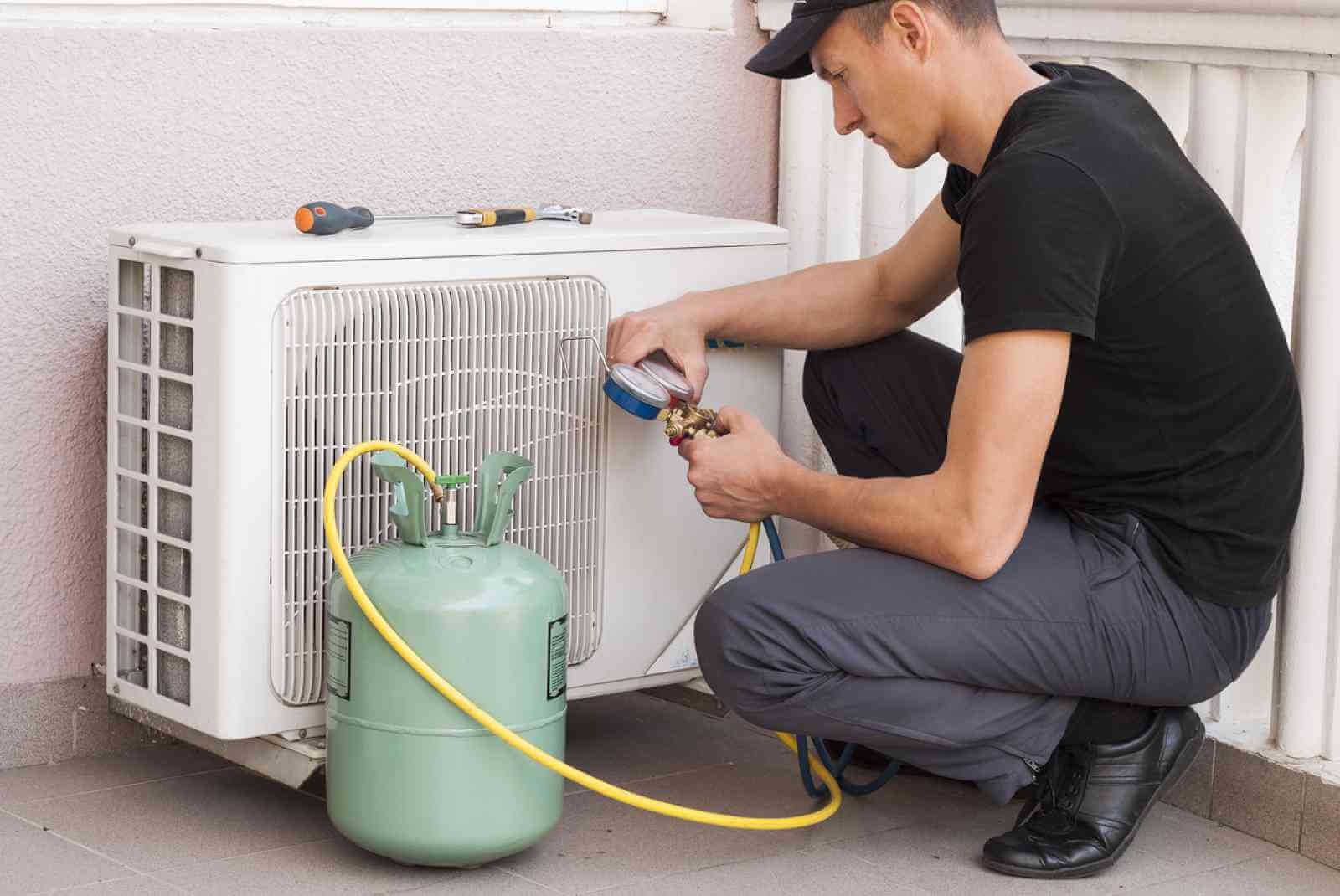
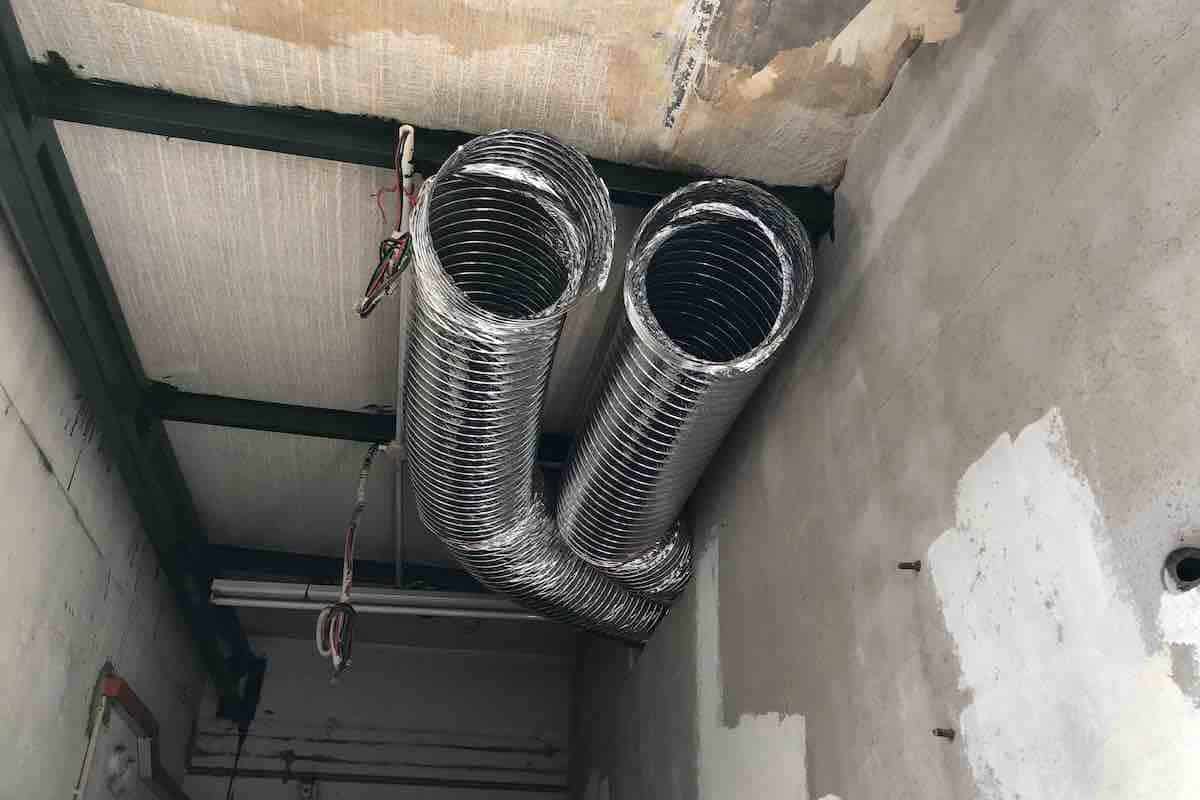
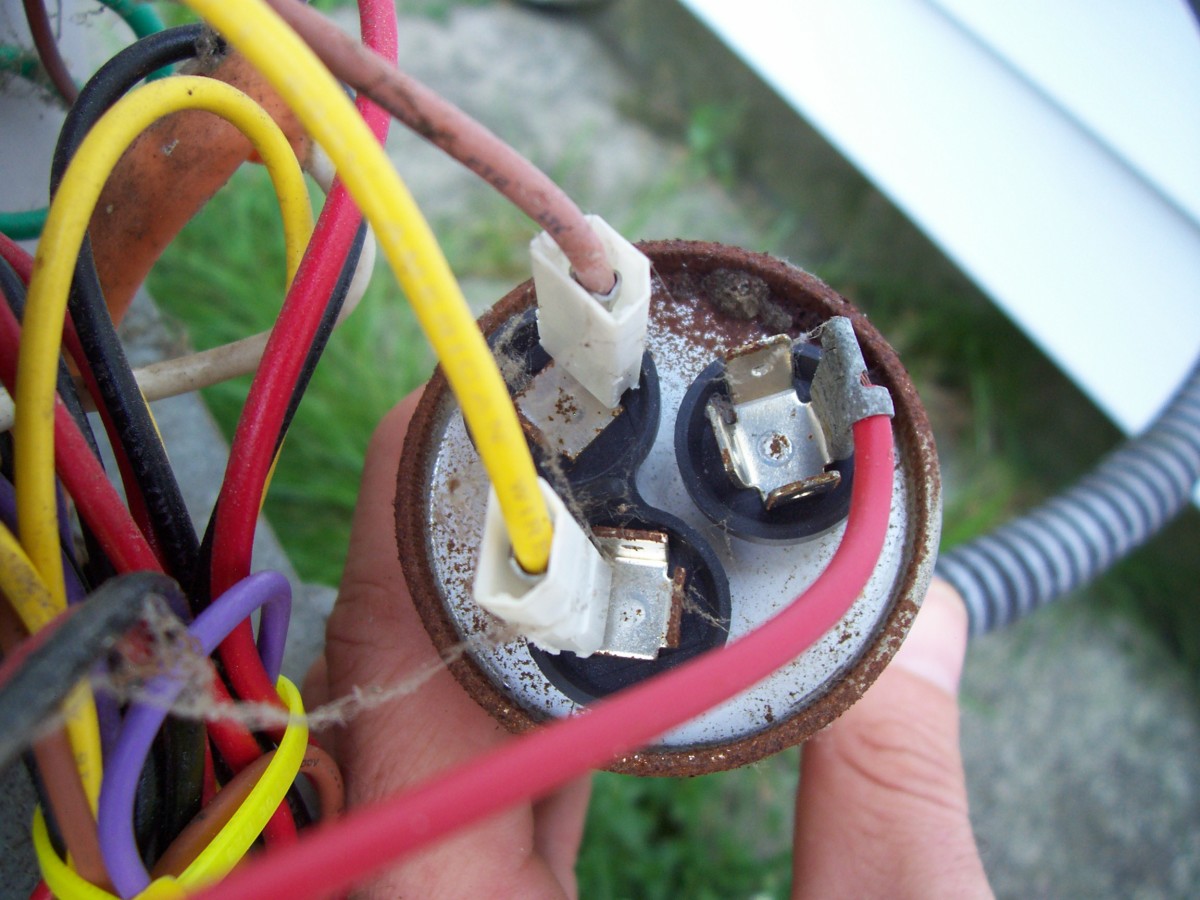
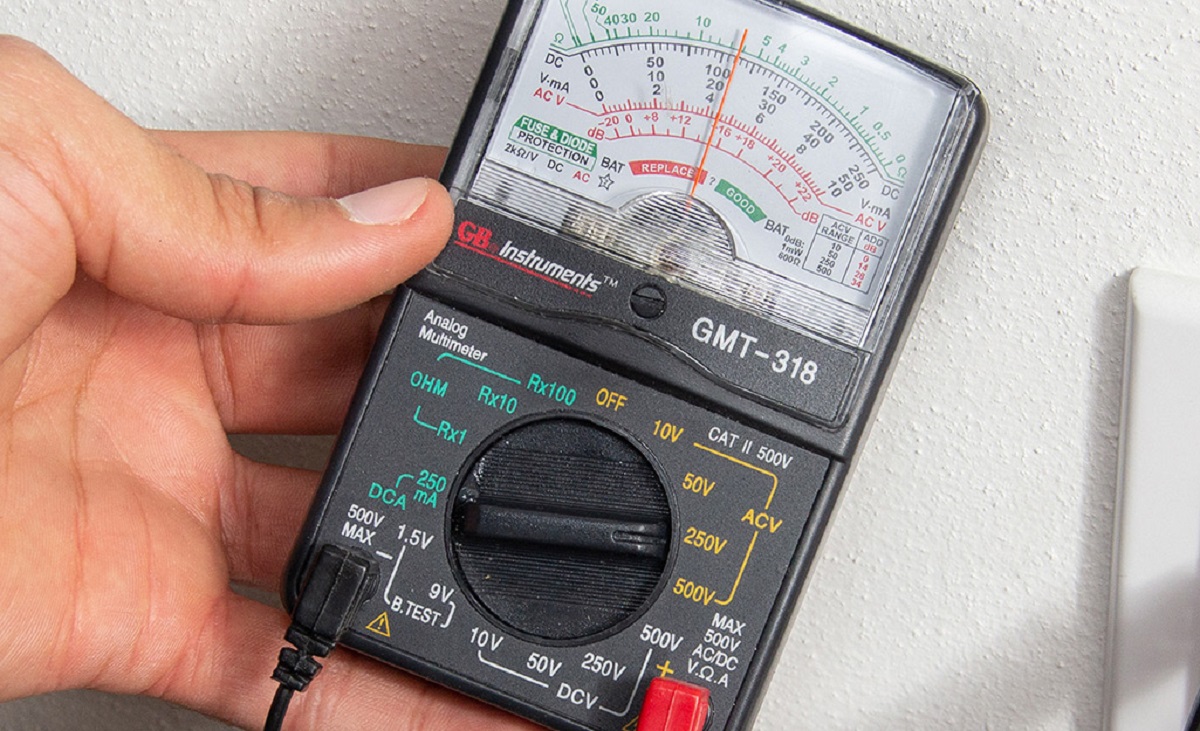
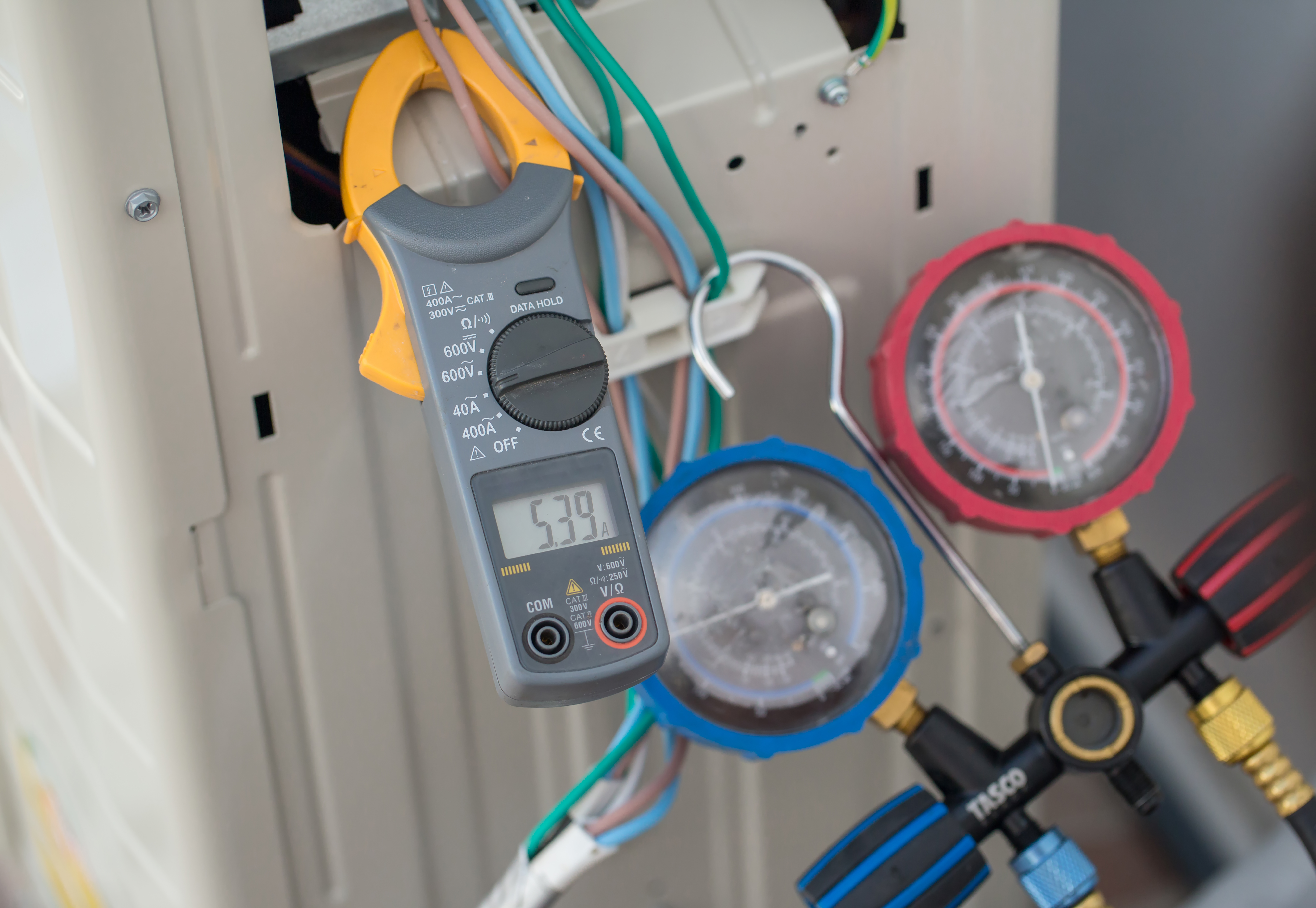

0 thoughts on “How To Check An AC CapACitor”